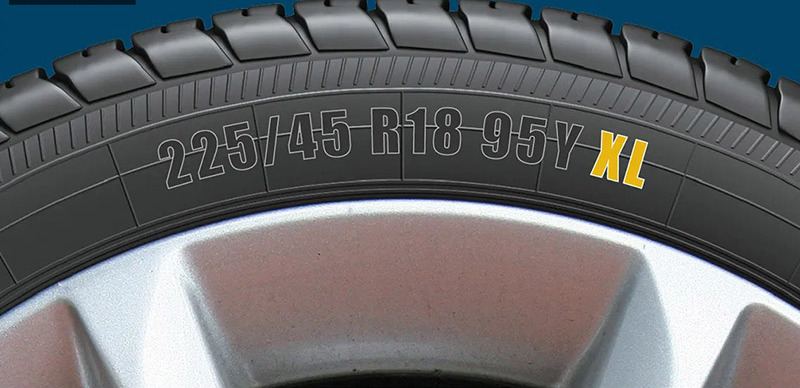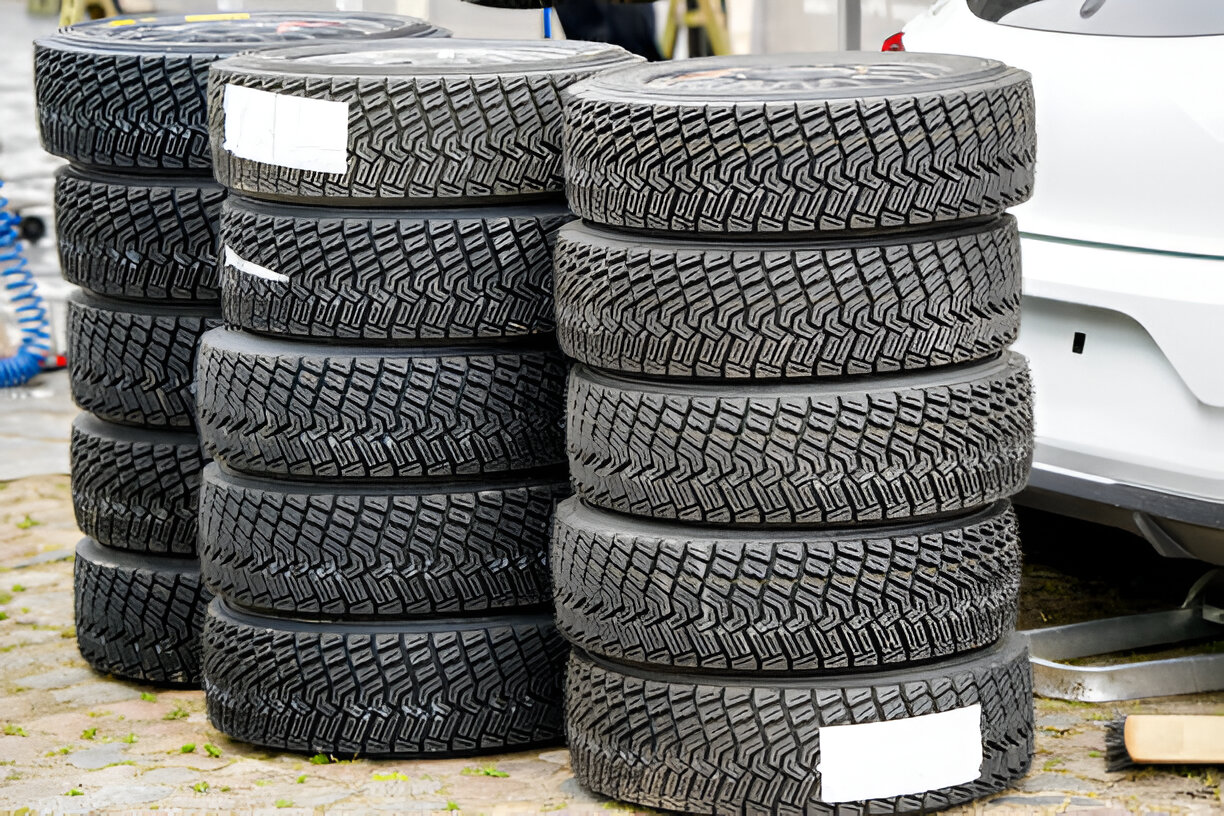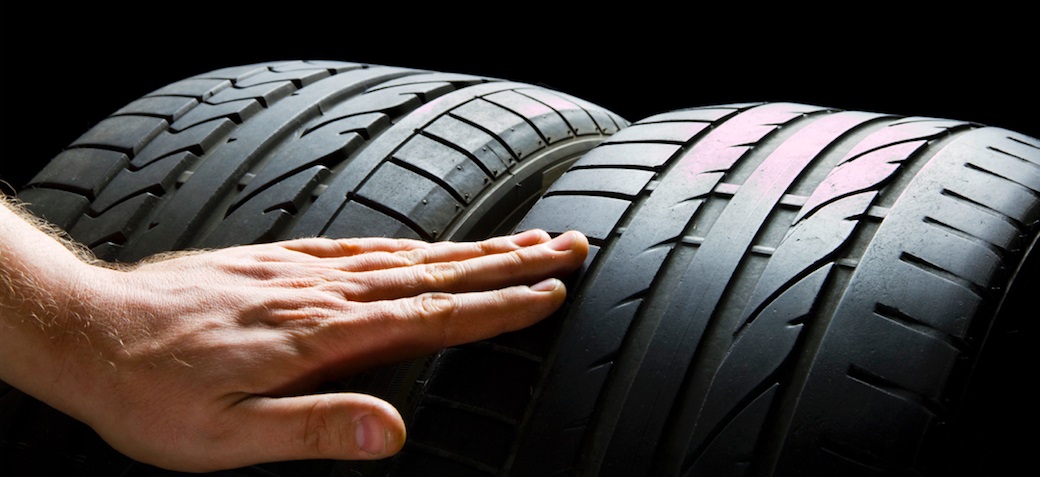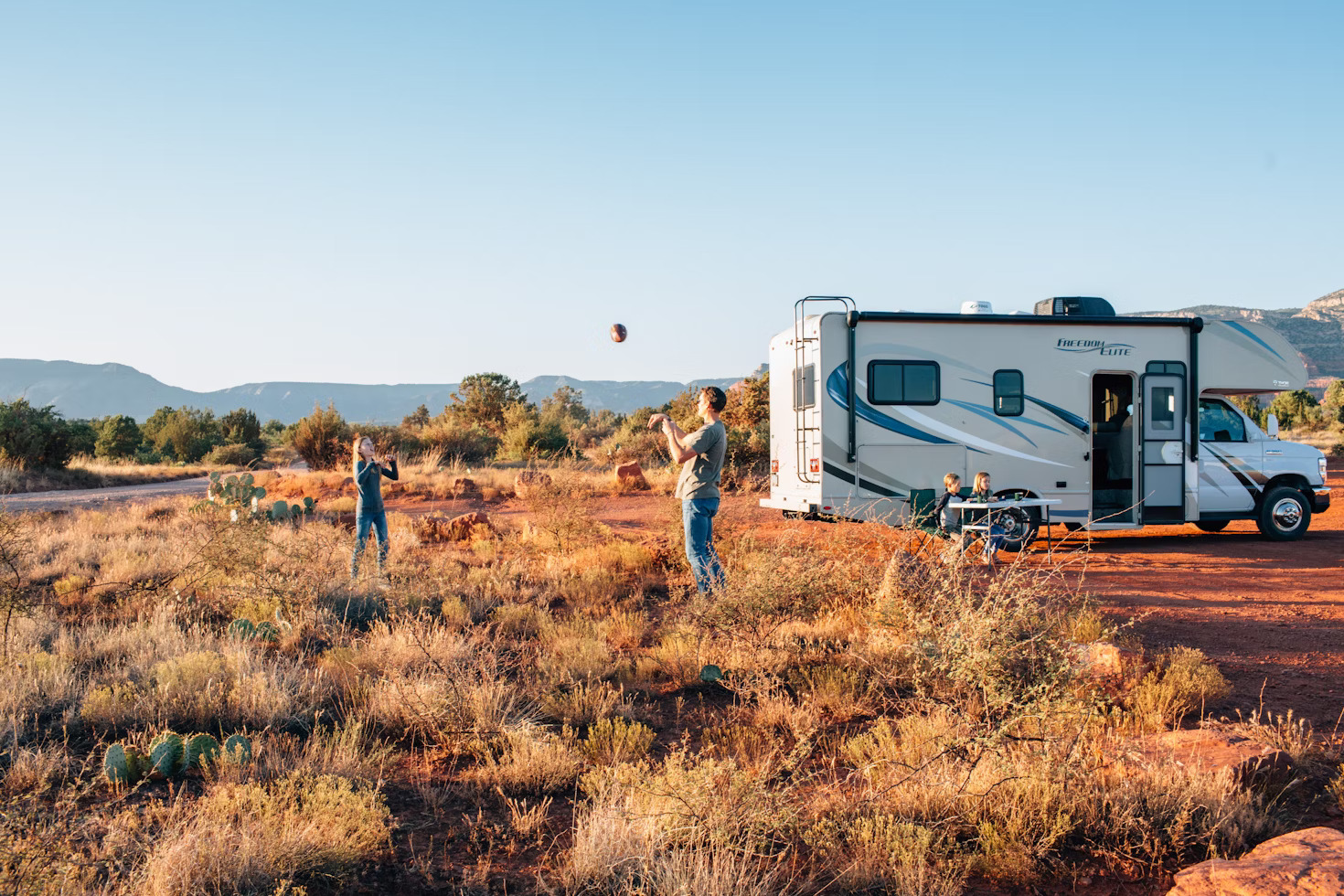Last Updated on August 1, 2025
Ensuring Safe and Memorable Journeys
Here’s a compelling view of summer adventure in America: The clomp of a trail horse’s hooves on a rocky path deep in the backcountry, sparkling lake water lapping at the sides of a boat, and the buzz of an all-terrain vehicle high above the valley on a dusty mountain road. These are the sounds of summer adventure in America. What do they all have in common?
Some of the best summer activities require Trailer Tires to make them happen. If you have a camper for comfort during those cold mountain nights, if you want to bring horses to the trailhead, if you’re going to be riding ATVs, and if you’re planning on boating at your favorite lake, it’s essential to have quality Trailer Tires. So put your trailer in tow, and let’s head into the great American outdoors this summer.
How to Tow Your Trailer to Adventure This Summer
Summer is synonymous with adventures: by the beach, in the woods, or up the mountains. A reliable trailer is a must if you’re planning to bring your home (or at least a part of it) with you. But the tires it rides on are as crucial as the trailer itself.
The Foundation of Every Great Adventure – Trailer Tires
Your trailer might house all your essentials, but the tires bear the weight of your dreams. These aren’t just regular tires. They’re crafted meticulously, bearing the brunt of the importance and providing the stability you need when moving.
Why Special Tires for Trailers?
You might wonder why we can’t put any set of tires on a trailer. Well, trailers have unique demands. They require tires with stiffer sidewalls to prevent swaying and ensure stability, especially at high speeds. Moreover, trailer tires are designed to handle more vertical loads and have tread patterns that minimize rolling resistance.
Are You Prepared to Travel with Your Trailer?
The tale of the unprepared traveler is the tale of a terrible trip. Before you take to the road, you must be prepared with your trailer.
Consult this list of tips on how to pull a trailer before taking off on your summer adventure:
- Please review your state’s Driver’s Handbook to see if there are any road rules regarding which lane you must be in with your trailer on the interstate.
- Perform an equipment check to make sure everything is in good working order.
- Check the ball hitch: The trailer’s tongue should be snug on the ball, the locking mechanism snapped firmly in place, and the lock pin inserted.
- Check the chains: You must have two criss-crossing chains connecting your trailer to the vehicle.
- Check the tires: Bald or damaged tires are a hazard, and under-inflated tires will slow you down and decrease fuel efficiency.
- If the tires are bad, get a new set of durable trailer tires that will withstand adverse conditions and give you better fuel efficiency.
- Consult this video on how to change your tires in just 5 minutes.
- Check brake lights and signals: Electrical wires should connect the trailer to the vehicle.
- Practice driving with the trailer in tow in a parking lot or other space.
- Practice backing up properly: Turn the wheel in the opposite direction you want the trailer to go, and avoid jackknifing by avoiding sharp turns while backing up.
- Practice “overshooting” turns: Give the trailer plenty of room to avoid going off the road when negotiating turns.
- Practice long stopping times: It takes longer to stop with a trailer, so give it more time than you’re used to.
You’re in good shape if you double-check equipment, ensure everything is secure, and get your trailer hauling skills down. Always be aware of how much clearance you need to make it around turns, through tunnels, and under bridges. Put the necessary time, thought, and care into your preparation, and you’ll be on the road stress-free.
Where Are You Taking Your Trailer This Summer?
Our American heritage is one of bountiful nature: gigantic blue lakes, sprawling wilderness, and golden hills that stretch out at the feet of majestic blue mountains. The options are plentiful for fantastic trips with a trailer in tow. You can go places you’d never go on foot with horses, ATVs, and a boat.
Let’s start on horseback. These are the animals that made the famous Pony Express of 1860 possible. Without horses, America may well have never become what it is today.
A Great Place to Take Your Horses

Where to begin? The West Coast has one of the most epic trails in the world—the Pacific Crest Trail (PCT), which spans 2,663 miles from Canada to Mexico. An exhilarating journey awaits in Washington State’s Cascade Mountain Range, where a 15-mile section of the PCT straddles the backbone of the mountains in the Mt. Baker-Snoqualmie National Forest.
Starting at Sand Flats Horse Camp, which is quick and easy to access by vehicle, you’ll climb switchbacks for several thousand feet on your steed. At the top of the ridge, the Crest Trail will guide you along mountain ridges through the Norse Peak Wilderness, accompanied by stunning views of the great Mount Rainier, an active volcano. You’ll end your ride at Government Meadows Horse Camp.
You can also begin your ride at Government Meadows, which is advised if you want to get to the trail quicker and you don’t have a horse that can handle the thousands of vertical feet from Sand Flats to the course. The Forest Service road up to Government Meadows is 20 miles long and gravelly, so ensure your trailer has the right tires to sustain the trip.
A Great Place to Launch Your Boat

If everyone in your family isn’t a boat enthusiast, don’t worry. There are so many activities for everyone at Arizona’s Lake Havasu that the options are almost mind-boggling. The main attraction is the lake, which has 400 miles of coastline, 60 miles of navigable water, and 300 days of sunshine a year. Lake Havasu is remarkable for having the original London Bridge as one of its attractions. This is a major spring break getaway and a boating mecca.
There are many cases in which you can only access it by boat. In Goose Bay, Friendly Island offers camping and secluded sandy beaches, barbecue stations, and ramadas. The site is well protected from wind and boat wakes—it’s a great place to relax on your next boating adventure. Likewise, Steamboat Cove has campsites and ample beachfront to get away from the crowds. Or, check out The Sandbar, where boaters beach their watercraft to party and live it up in the sunshine.
Great Places to Ride Your ATV
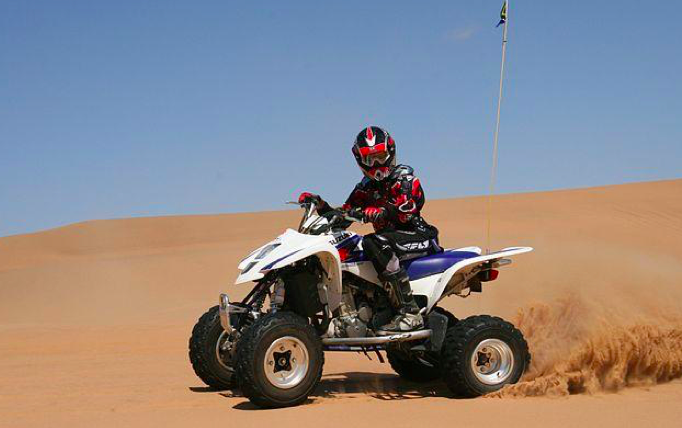
ATV riding is a hugely popular sport in the US. Stay on our blog to learn about the best places for ATV riding. From Tennessee’s Brimstone Recreation Trail to Utah’s Paiute Trail System to the Oregon Dunes National Recreation Area, there’s a little bit of every terrain you could ask for.
Like with a boat, when transporting your ATVs to the site, ensure they’re properly fastened and secured on the trailer. Check your ATV tires before hitting the road; ensure they’re in good shape and inflated. Most importantly, get ready to blast in the great outdoors this summer!
Choosing the Perfect Companion for Your Summer Escapades
While the market is flooded with options, here’s how you can zero in on the perfect tire for your summer adventures:
- Load Index: Ensure the tire can handle the weight of your fully loaded trailer.
- Tire Type: Radial or bias-ply? While radial tires provide a smoother highway ride, bias-ply might be more durable for rough terrains.
- Climate Suitability: If you’re heading to a hot desert or a rainy forest, ensure your tires are up for the challenge.
Tire Maintenance – Your Safety Net
The open road can be unpredictable, but regular tire checks can tilt the odds in your favor. Ensure they’re inflated to the recommended level, inspect them for damages, and rotate them occasionally for even wear.
Ready, Set, Adventure!
With your trailer tires in check, the open road and the promise of a memorable summer are all left. Whether it’s the sound of waves, the whisper of pine trees, or the allure of a campfire under a starry sky, with the right trailer tires, you’re set to experience it all.
Conclusion
While summer adventures are made of sunsets, campfires, and trails, they’re also made of our choices before setting out. And one of the most crucial choices is the right set of trailer tires. After all, they’re the unsung heroes who carry our dreams to their destinations.
Ready to embark on a journey of a lifetime?
Shop now and find the perfect trailer tires, promising safety, durability, and countless adventures. Discover premium quality at unbeatable prices only at Tires Easy. Your next adventure awaits!
FAQs
How do I choose a trailer tire?
When choosing a trailer tire, consider factors such as the weight of your fully loaded trailer (load index), the type of terrain you’ll encounter, the tire type (radial or bias-ply), and the climate suitability. Always check the manufacturer’s recommendations and ensure the tire can handle the maximum weight of your trailer.
What is the life of trailer tires?
The average lifespan of trailer tires is around 3-6 years, even if they still have tread left. Factors affecting lifespan include usage, storage conditions, maintenance, and climate. It is advisable to inspect tires annually after the third year and consider replacing them after 5-6 years.
What is the difference between trailer tires and passenger car tires?
Trailer tires are designed to handle loads, reduce sway, and ensure stability. They have stiffer sidewalls and are crafted to bear vertical loads. In contrast, passenger car tires are designed for comfort, handling, and speed, focusing on providing a smooth and quiet ride with different handling characteristics.
How do you read trailer tire wear?
Reading trailer tire wear involves inspecting the tread and sidewalls. Uneven wear on one side may indicate an alignment issue, while wear in the center can be due to over-inflation. It could be under-inflated if the tire wears out more on the edges than in the center. Regular checks and understanding wear patterns can provide insights into tire health and potential trailer issues.
-
Automotive Specialist
-
Proofreader
-
Writer




